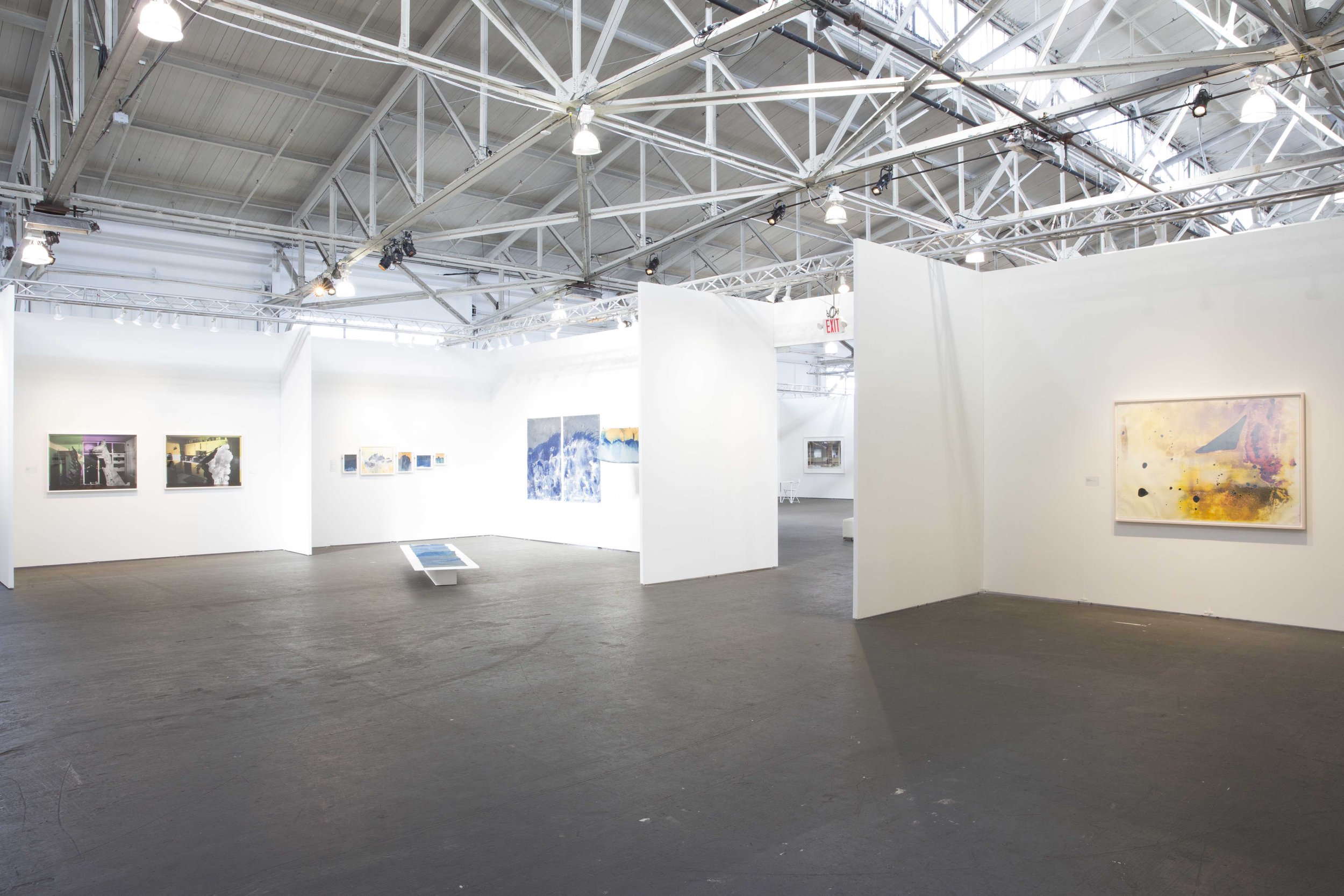Insights
PHOTOFAIRS, San Francisco
January 2017
The birth of photography in the nineteenth century coincided with America’s westward expansion, integrally linking the medium’s history to the nation’s frontier. With few established traditions to guide them, photographers such as Eadweard Muybridge (1830–1904), Timothy O’Sullivan (1840–82), and Carleton Watkins (1829–1916) approached the unfamiliar terrain with the excitement of explorers, motivated to experiment with the new medium’s possibilities. These early figures thrived under the many challenges inherent to picturing the landscape, chief among them the burden of trekking through remote territories carrying thousands of pounds of glass plates, chemicals, and equipment. Equal parts adventurers, scientists, and artists, they produced lushly detailed photographs that captured the awe-inspiring scale and majesty of the American West. Their images helped to shape national consciousness about the frontier landscape and inspired in subsequent generations a reverence for place and an abiding desire to advance the medium.
Nearly 150 years later, the American West continues to fascinate contemporary photographers who both acknowledge the legacy of their predecessors and seek to continually expand on the medium’s potential and vibrancy. This exhibition considers works by a selection of such figures who are based on the West Coast—primarily in California and the Pacific Northwest. The photographs assembled here question how we represent the Western landscape and consider the ways in which its depiction can shape conversations about experience, memory, and the nature of the photographic medium itself. Although the unique and expressive qualities of light and terrain in the West play a defining role in each photographer’s practice and work, their processes and aesthetics are distinctly their own. A number of them rely on more traditional processes like the cyanotype, anthotype, and photogram, while others reimagine what it means to work with hand-built, large-format cameras and camera obscura. As a counterpoint, several of these artists embrace new technologies, working with software, scanners, and printers to push their work in imaginative directions. All of these artists share a voracious enthusiasm for experimentation, making pictures that not only shift how we understand the reaches of photography but also continue to invigorate the role of the American West in the medium’s history.





